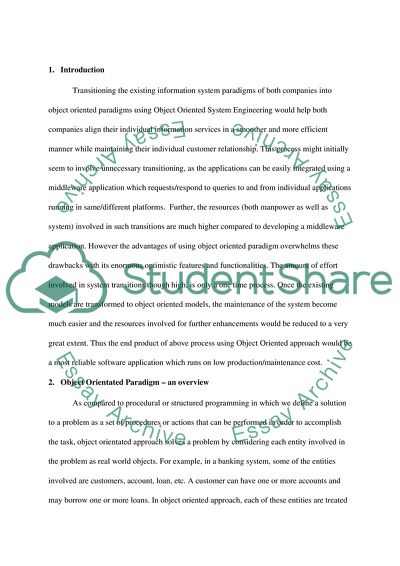Cite this document
(Object-Oriented System Engineering Report Example | Topics and Well Written Essays - 2250 words, n.d.)
Object-Oriented System Engineering Report Example | Topics and Well Written Essays - 2250 words. https://studentshare.org/information-technology/1774425-object-oriented-technology
Object-Oriented System Engineering Report Example | Topics and Well Written Essays - 2250 words. https://studentshare.org/information-technology/1774425-object-oriented-technology
(Object-Oriented System Engineering Report Example | Topics and Well Written Essays - 2250 Words)
Object-Oriented System Engineering Report Example | Topics and Well Written Essays - 2250 Words. https://studentshare.org/information-technology/1774425-object-oriented-technology.
Object-Oriented System Engineering Report Example | Topics and Well Written Essays - 2250 Words. https://studentshare.org/information-technology/1774425-object-oriented-technology.
“Object-Oriented System Engineering Report Example | Topics and Well Written Essays - 2250 Words”. https://studentshare.org/information-technology/1774425-object-oriented-technology.


